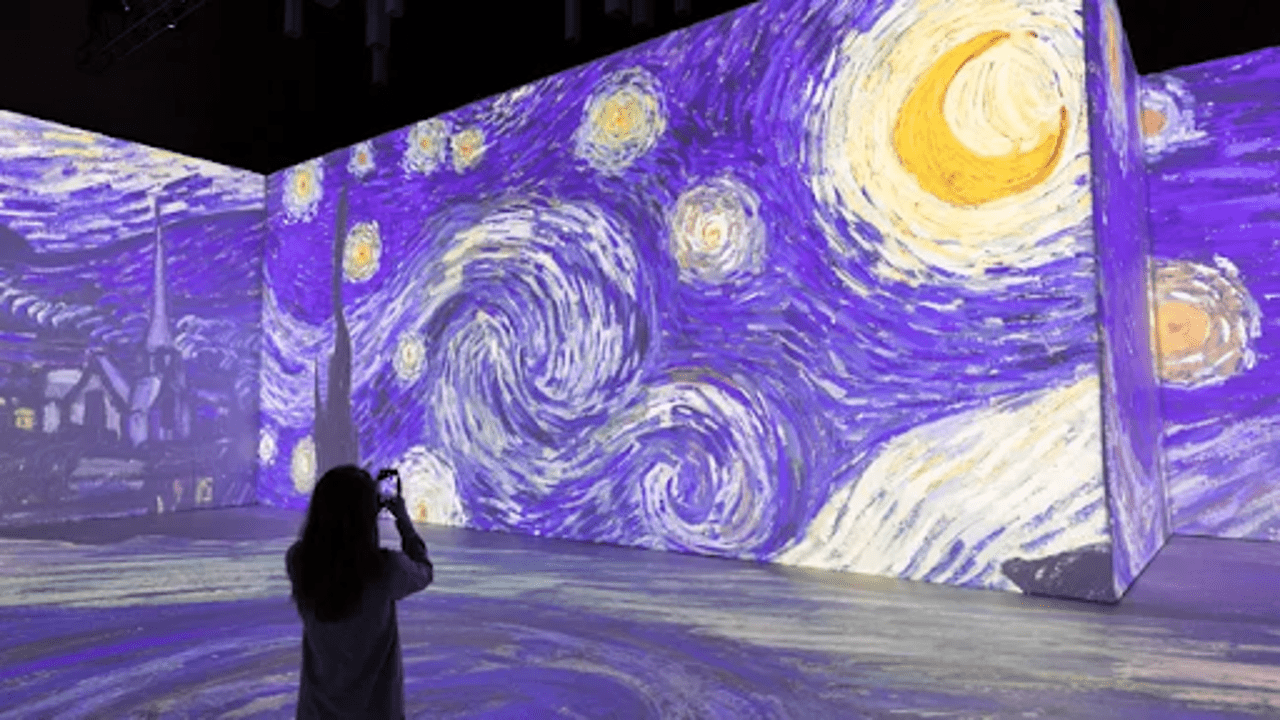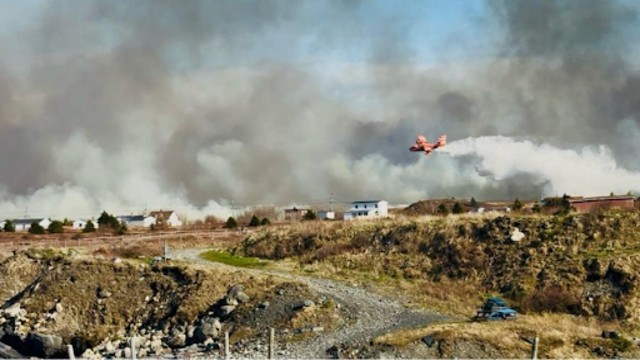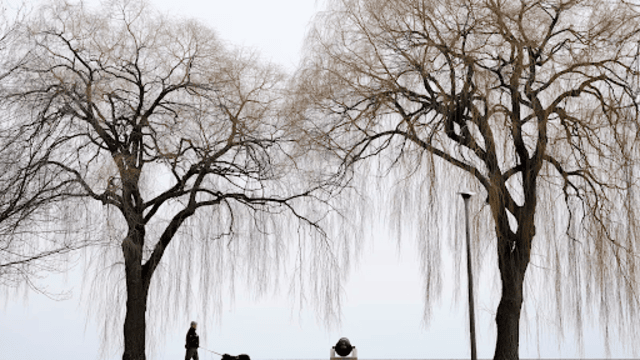
Van Gogh's *Starry Night* is widely recognized as one of the most iconic paintings globally. Getty Images
A recent analysis of Vincent van Gogh's iconic painting, Starry Night, has uncovered surprising connections between the artwork's brushstrokes and the dynamics of Earth's atmosphere. Researchers have found that the painting's swirling sky resembles "hidden turbulence" found in natural processes, hinting at van Gogh’s deep understanding of the environment around him.
Created in June 1889 during van Gogh's stay in an asylum in southern France, Starry Night captures a dreamy view from his window. The masterpiece showcases a vibrant, swirling sky above an imagined village, characterized by vivid colours and intricate brushwork. This painting has long captivated audiences, but new research highlights its scientific significance.
A team of researchers in China identified parallels between the chaotic patterns of the painting and fluid dynamics—the study of how fluids and gases move. Intrigued by these similarities, they set out to analyze van Gogh's work in greater detail.
In their study, published in the journal Physics of Fluids, the researchers examined the colours and brushstrokes in Starry Night. They discovered that the painting's swirling shapes closely resemble the turbulence observed in the atmosphere. Yongxiang Huang, a co-author of the study and expert in fluid dynamics from Xiamen University, remarked, “It reveals a deep and intuitive understanding of natural phenomena.” He suggested that van Gogh’s portrayal of turbulence could stem from either a keen observation of cloud movements or an inherent ability to capture the sky's dynamism.
Researchers examined how the spacing and thickness of the brushstrokes were distributed within each swirl in the sky. Live Science
The team focused on the fourteen whirls present in the painting's sky, noting that these patterns align with Kolmogorov’s law. This principle explains how atmospheric gases behave at varying scales based on inertial energy. In the context of Starry Night, this energy is reflected in the vivid yellows scattered throughout the artwork.
Upon closer inspection, the researchers also found that the arrangement and weight of the brushstrokes matched Batchelor's scaling theory, which describes how small eddies and droplets behave before they dissipate in turbulent fluids. Despite these discoveries, it's important to note that Kolmogorov and Batchelor developed their theories long after van Gogh’s time. Therefore, while van Gogh wasn’t consciously applying fluid dynamics principles, he likely drew inspiration from his observations of nature.
Moreover, the connection between energy and the colour yellow in the painting is likely coincidental, according to the authors. Nonetheless, Starry Night captures natural processes that resonate with the real world.
The impact of Starry Night extends beyond art and science. In 2020, a new species of peacock spider was named after the painting due to the striking resemblance between its colourful patterns and van Gogh’s swirls. In 2021, microbiologists also noted similarities between the painting's iconic forms and swarming colonies of mutated bacteria. Additionally, NASA’s Juno probe recently captured images of Jupiter’s storm swirls that echo the brushstrokes of van Gogh’s artwork, linking the turbulence in both Earth’s and Jupiter’s atmospheres.
Starry Night not only stands as a masterpiece of art but also offers fascinating insights into the natural world. The painting serves as a reminder of the interconnectedness of creativity and science, as it invites viewers to appreciate both the beauty of art and the wonders of nature.















